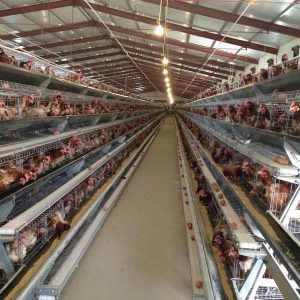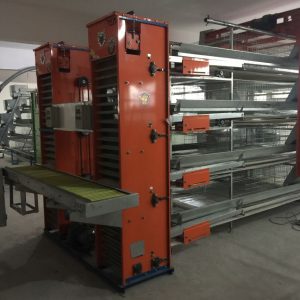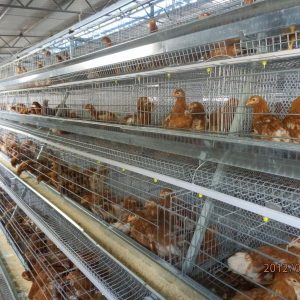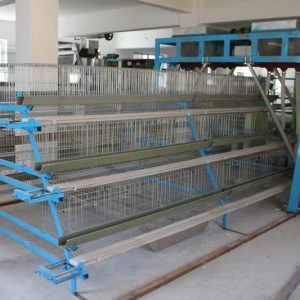
How to increase egg production rate in autumn layer
After entering the autumn, the weather turns cooler and the temperature difference between day and night is large. In addition, after the continuous high temperature in the summer, the appetite will decrease and the digestive ability will also deteriorate. Therefore, in actual breeding management, we must do the following management measures to improve production Egg rate, improve breeding efficiency!
1. Careful observation
Carefully observe the overall and individual conditions of the flock every morning and evening, including mental state, appetite, drinking water and feces, to determine whether the flock is abnormal.
Second, timely fill light
The natural light in autumn is gradually shortened, and the time for turning on the light should be adjusted in time. Pay attention to keeping the light time and light intensity constant. If the light is insufficient, you can use the morning and evening light supplements for a certain time. Don’t let the length grow short, so as to avoid the moulting and pecking of the chickens, which will affect the egg production.
3. Strengthen nutrition
Appropriate supplementation of animal protein feed and multi-vitamins, configuration of sufficient feed troughs and water troughs to ensure that each chicken has a suitable position, and weak chickens can also eat and drink.
4. Flock adjustment
In autumn, old chickens begin to moult, and new chickens begin production. Flocks need to be adjusted in a planned way. The chickens that are out of production, weak chickens, and disease-free chickens with no therapeutic value in the flock are eliminated in time to reduce feed waste and improve the economic efficiency of laying hens.
5. Reduce stress
The weather changes greatly in the morning and evening in autumn, and it is cold and hot. It is necessary to do heat insulation in the morning and evening and ventilation at noon, try to maintain the microclimate stability in the chicken house, reduce the temperature difference between day and night, and thus reduce the stress impact of climate change on the chickens.
6. Prevention and control of epidemics
After the laying period of laying hens is poor, the body condition is poor in autumn, and Newcastle disease, chicken pox and other infectious diseases are prone to occur. At this time, the Newcastle disease immunization of laying hens can be carried out in combination with autumn epidemic prevention. At the same time, in early autumn, the air is still sultry, rainy, and high humidity. The chicken house is relatively humid, and chickens are prone to respiratory and intestinal diseases. Ciprofloxacin and other drugs should be frequently added to the feed to prevent and treat diseases.
7. Other management
Keep the air in the chicken house fresh. The house should be kept dry, and feces and litter should be replaced in time. Reasonable density should be maintained according to the age of the chicken and the size of the house. At the end of autumn, the chicken house should be repaired as soon as possible, the doors and windows should be installed, and the warm and cold preparations should be prepared to prevent the abrupt climate from causing the chickens to become sick and affect the egg production rate.



